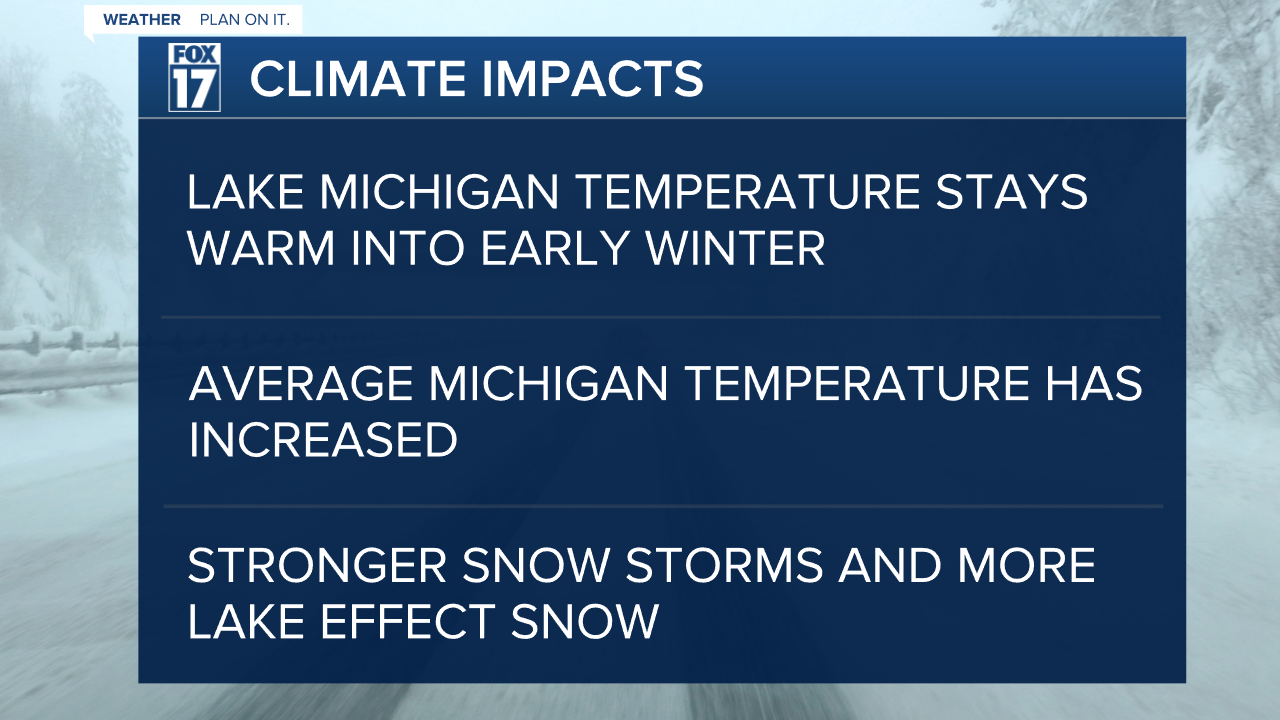GRAND RAPIDS, Mich. — Extreme weather events happen every year and are being seen more and more lately as we continue to experience climate changes. In recent studies by the midwest regional climate center, Michigan’s yearly average temperature has been rising. We decided to look back at one of the most impactful and memorable blizzards that have hit West Michigan in the past... great blizzard of ‘78.
According to the NWS, the blizzard of '78 happened on January 26 and 27 in 1978, and was a part of the coldest winter since records began in 1870. The storm had near hurricane-force winds, heavy snow and temperatures between 0 and 10 degrees. Between the 2 days, 19.2 inches of snow fell in Grand Rapids and a whopping 30 inches in Muskegon. About 20 people died as a direct or indirect result of the blizzard. Some major highways were even closed for 2 to 3 days leaving about 100 thousand cars abandoned on the highways.
It's storms like the great blizzard of ‘78 that is just one example of extreme storms which have impacted West Michigan but it most definitely hasn’t been and won’t be the last. As our climate continues to change we are likely to see more extreme and frequent events.

It is predicted that climate change could make blizzards more intense. When the atmosphere is warmer, it tends to hold more moisture. The moisture falls as precipitation. In our case, especially during winter, that precipitation will fall as snow.
According to the Midwest Regional Climate Center, in Michigan the average yearly temperature has increased by two to three degrees Fahrenheit across most of the state. The MRCC says the region has gotten warmer and wetter since 1900.
The warmer temperatures would result in more frequent and intense storms. And current climate forecasts show extreme weather patterns would increase through the 21st century.



